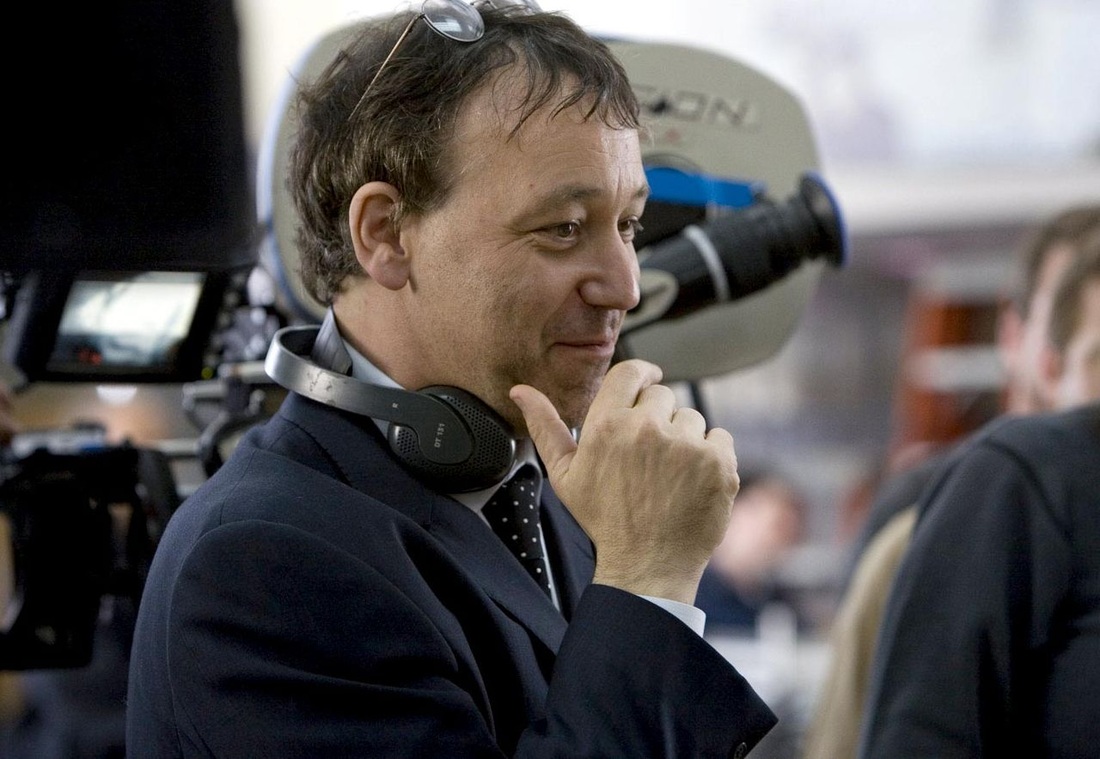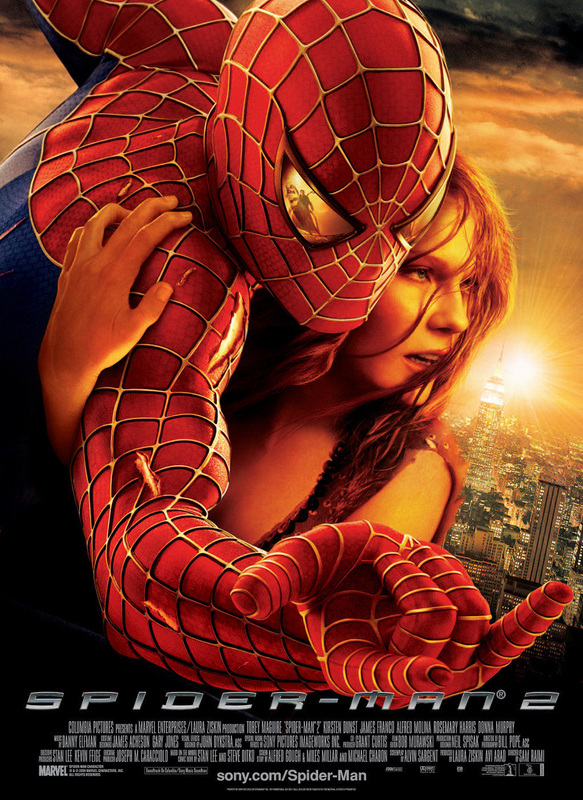Spider-Man
In the years that followed, Raimi expanded beyond the horror genre, directing the action/fantasy film Darkman in 1990 and the sports drama For Love of the Game in 1999. However, Raimi’s big break came when he was hired to direct a film adaptation of the comic book superhero Spider-Man. With Tobey Maguire taking on the lead role, Spider-Man was released on May 3, 2002 and became a critical and commercial success, garnering almost $115 million in its opening weekend in the US. The film, which was nominated for 2 Oscars (Best Sound and Best Visual Effects), spawned two sequels, Spider-Man 2 and Spider-Man 3. Though the last installment wasn’t praised much by critics, Spider-Man 2 was hailed as one of the greatest superhero films ever released and took home an Oscar for Best Achievement in Visual Effects. With the release of Spider-Man 3 in 2007, Raimi became the first director to direct a trilogy of superhero films.
After Spider-Man 3, Raimi returned to the horror genre with Drag Me to Hell in 2009, a film that was highly praised by critics. In 2013, Raimi directed the semi-prequel to 1939’s hit The Wizard of Oz called Oz the Great and Powerful. The film reunited Raimi with actor James Franco, who played “Harry Osborn” in the Spider-Man trilogy. Raimi continues to work in the industry today, and is currently serving as executive producer to the TV series, “Noir”.
Raimi tends to use a moving, sometimes wild camera. He’s used this technique in the Evil Dead films as well as the Spider-Man trilogy. He likes to cast Bruce Campell, James Franco, J.K. Simmons, and his brother Ted Raimi in his films. Most of his films have supernatural and fantasy themes (The Evil Dead films, Oz the Great and Powerful) and his horror movies consistently depict graphic and brutal violence. Appropriately, Sam Raimi references Alfred Hitchock’s works in his horror films, and he usually wears a jacket and a tie on set in tribute to Hitchcock (IMDB).
IMDB. 2014. 25 April 2014. <http://www.imdb.com>.
"Sam Raimi Biography." 2014. The Biography.com website. 2014. 25 April 2014. <http://www.biography.com/people/sam-raimi-20716987#synopsis&awesm=~oCufTMROfjqAFj>.




 RSS Feed
RSS Feed
